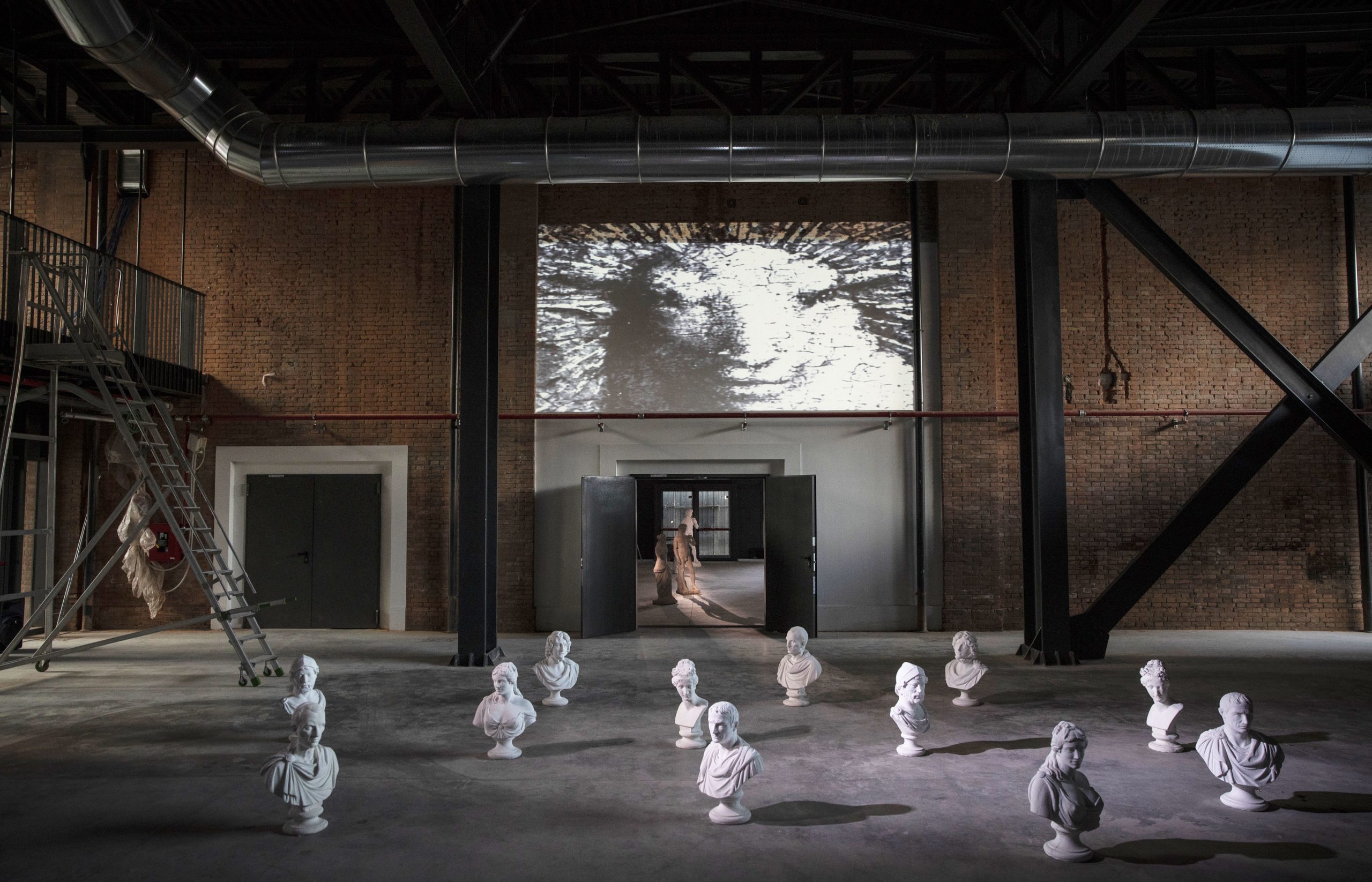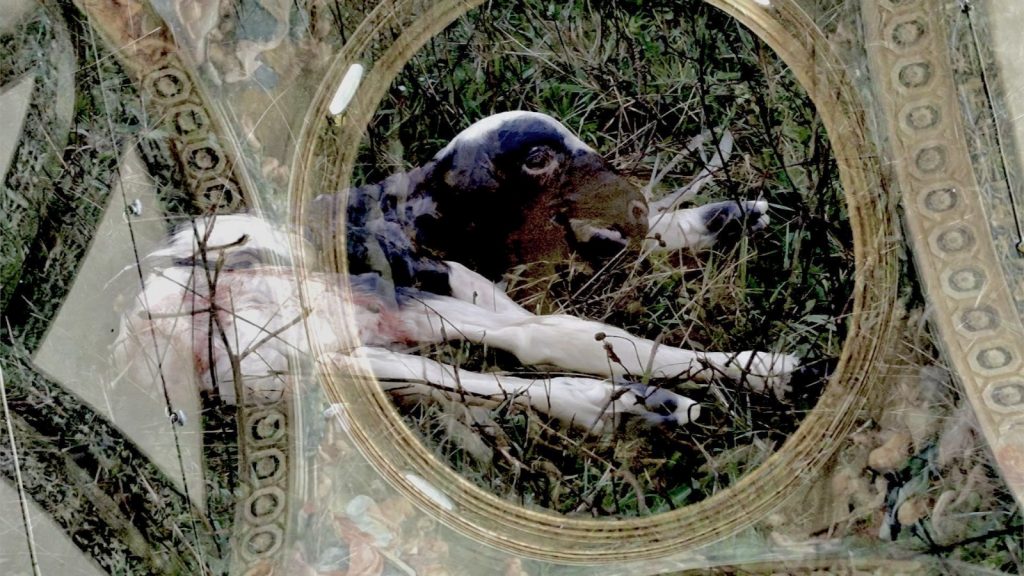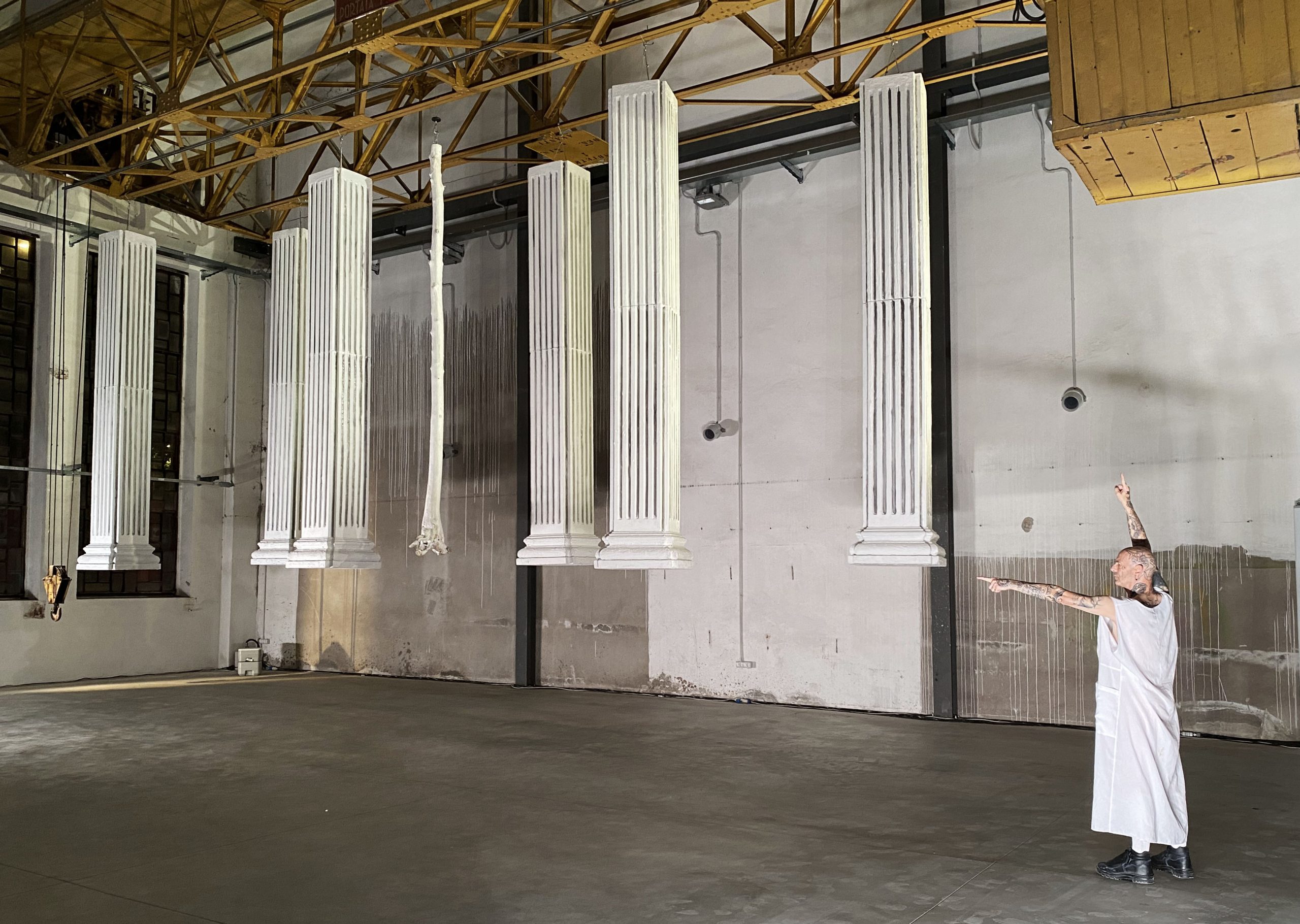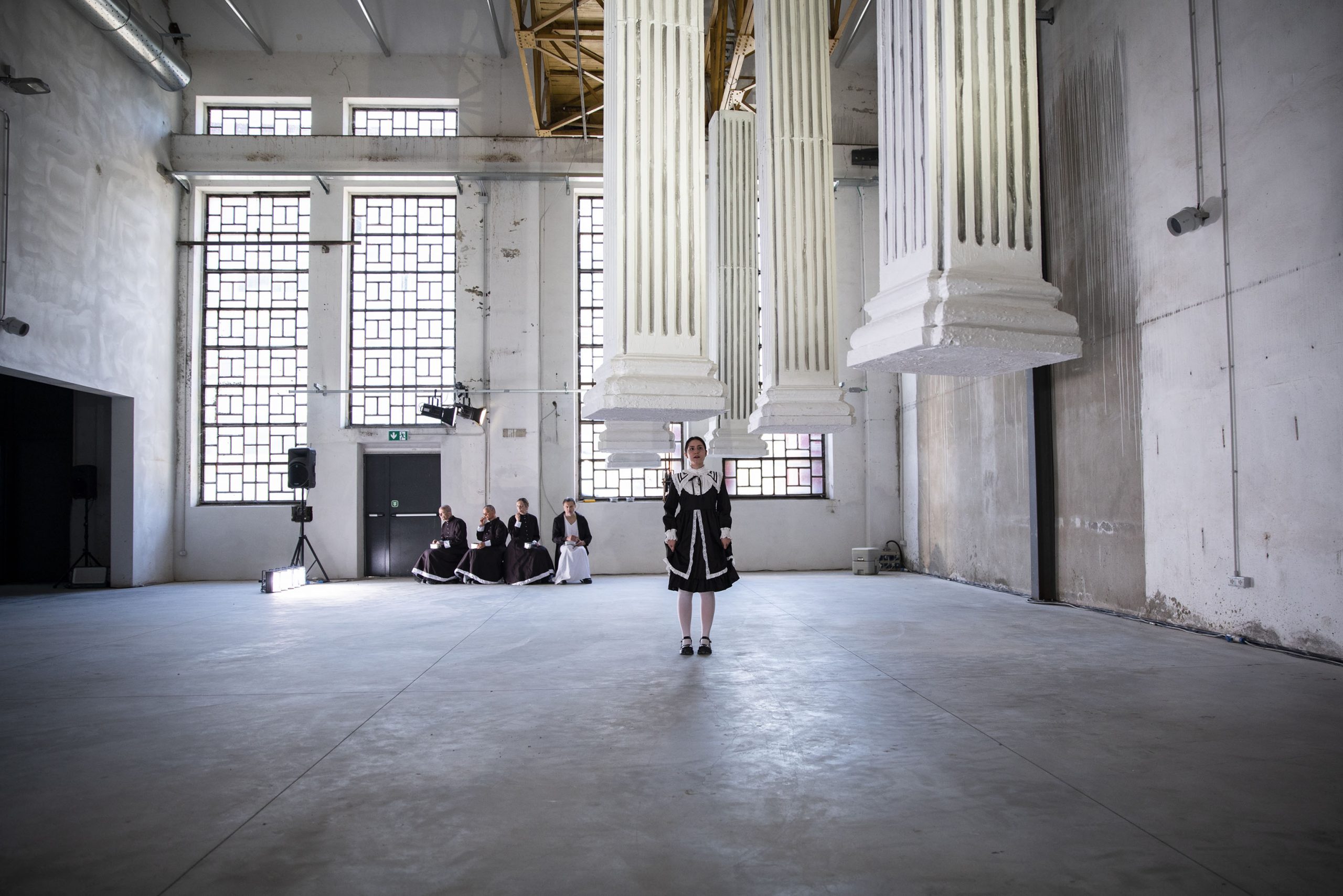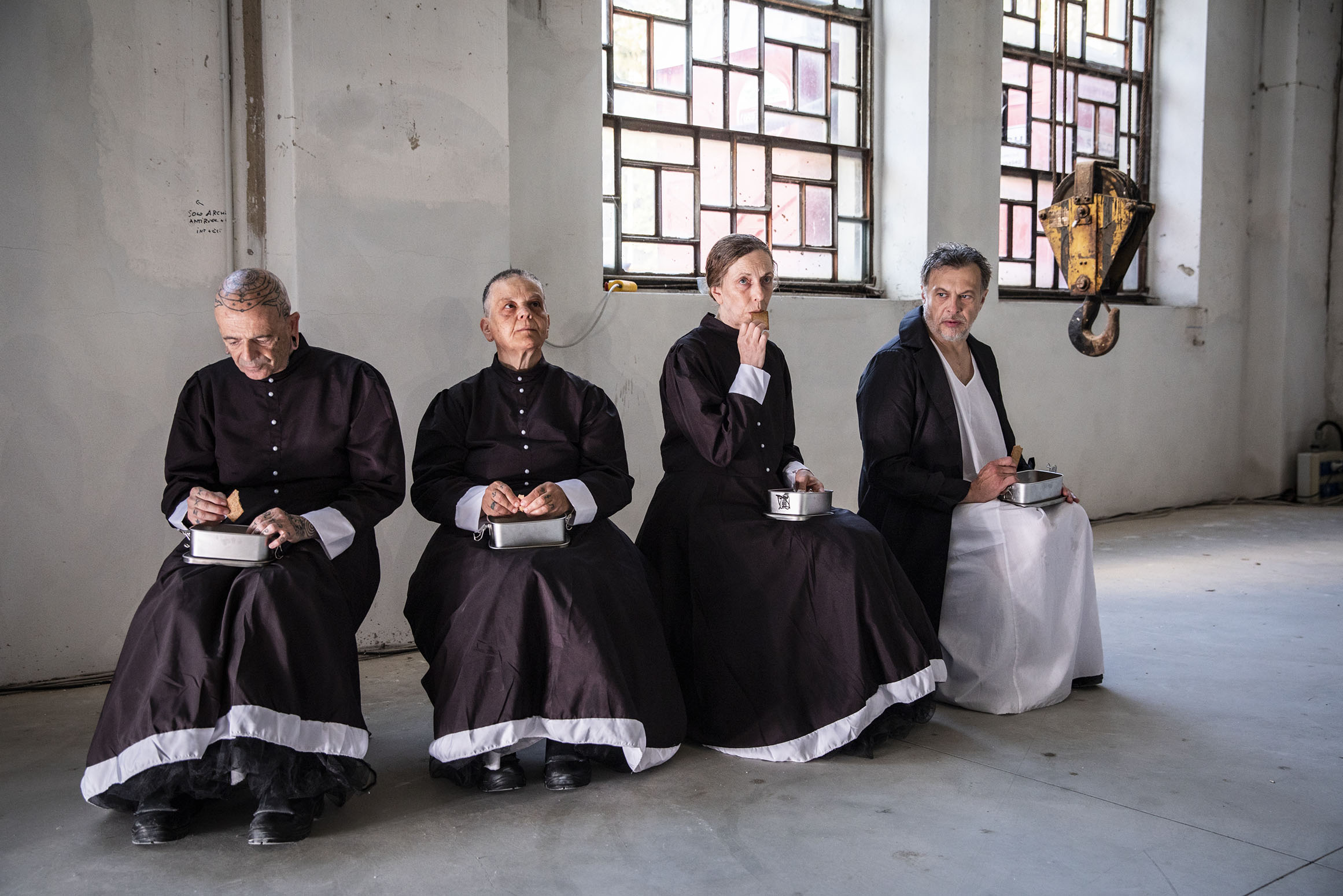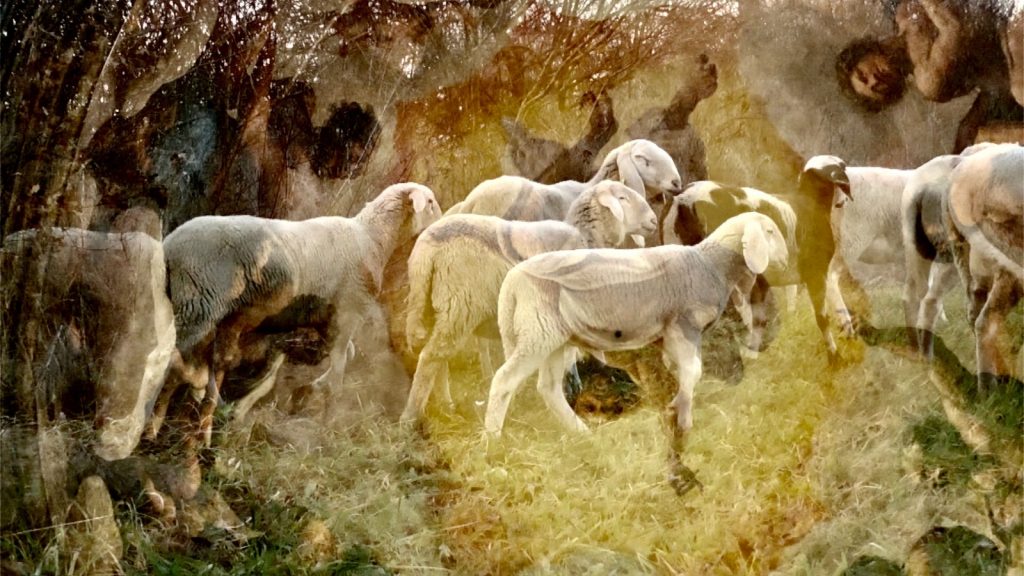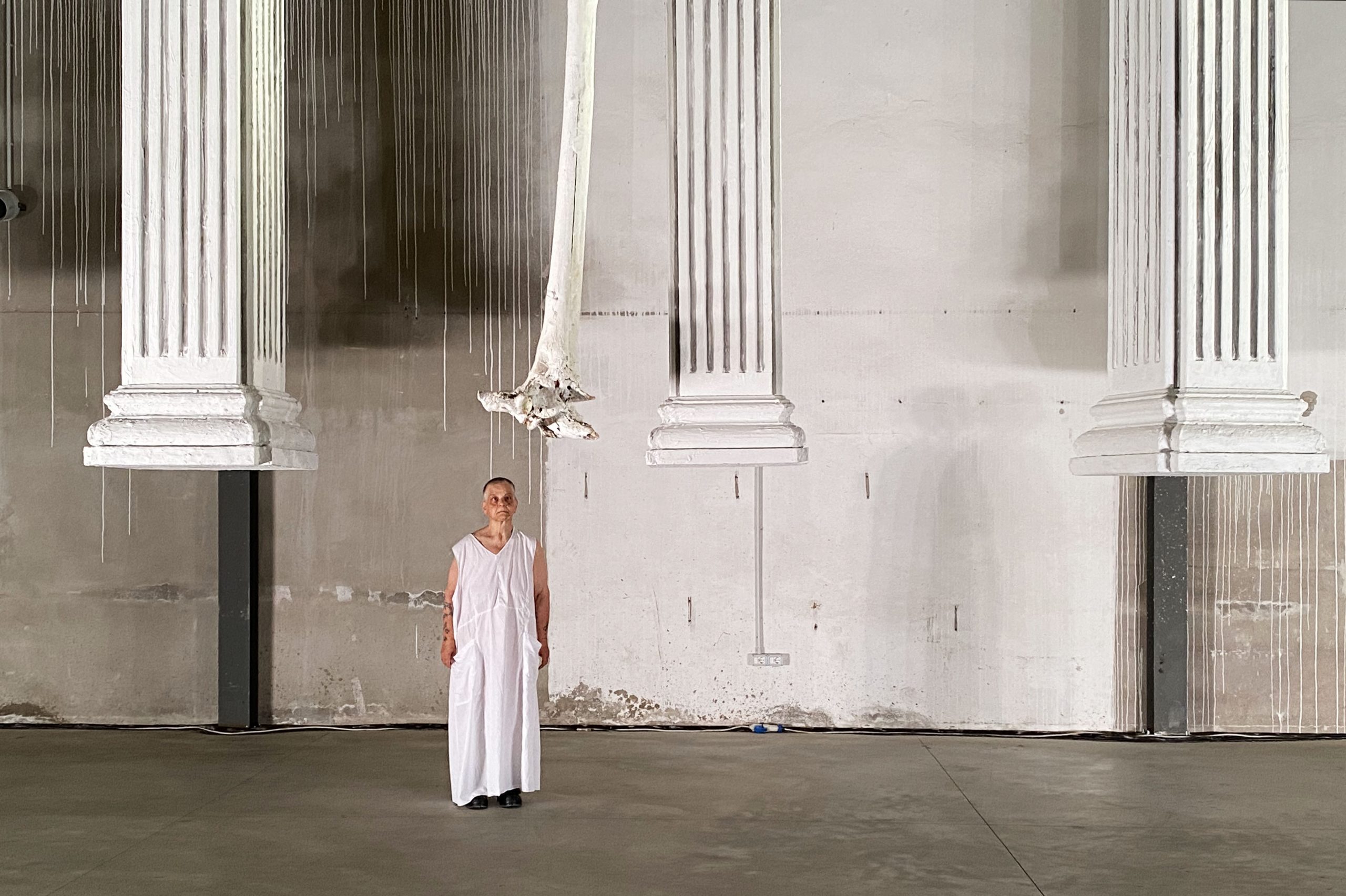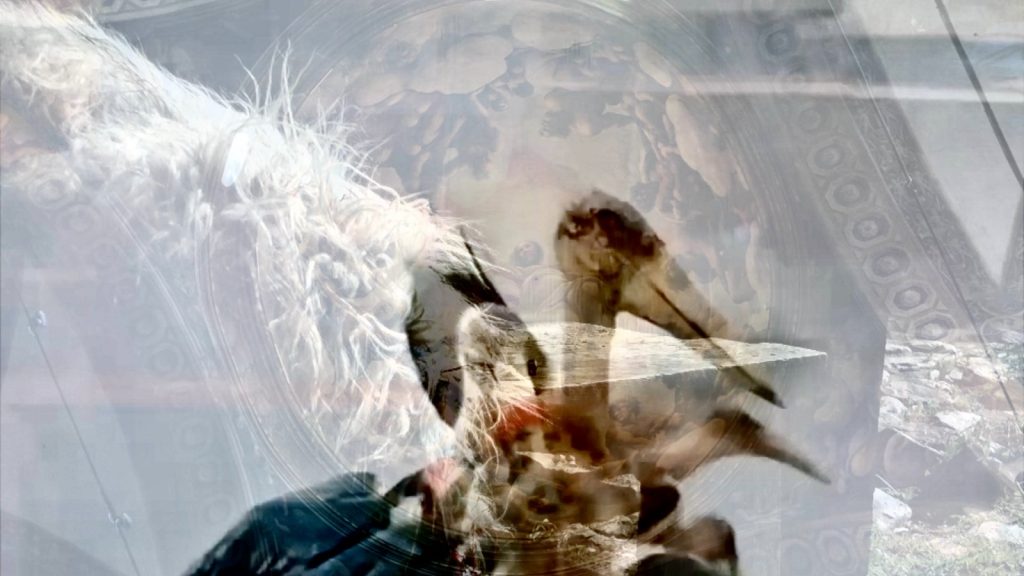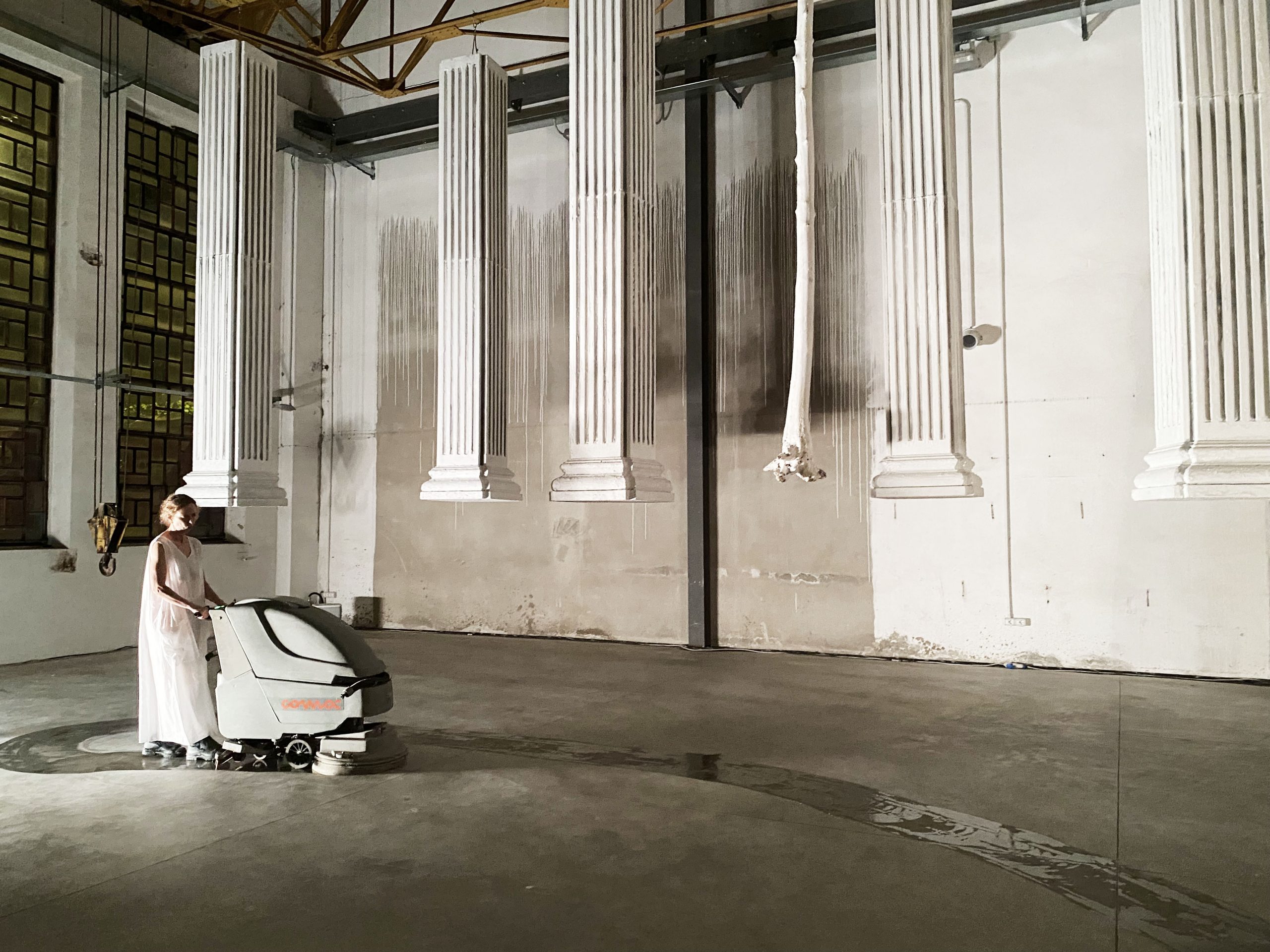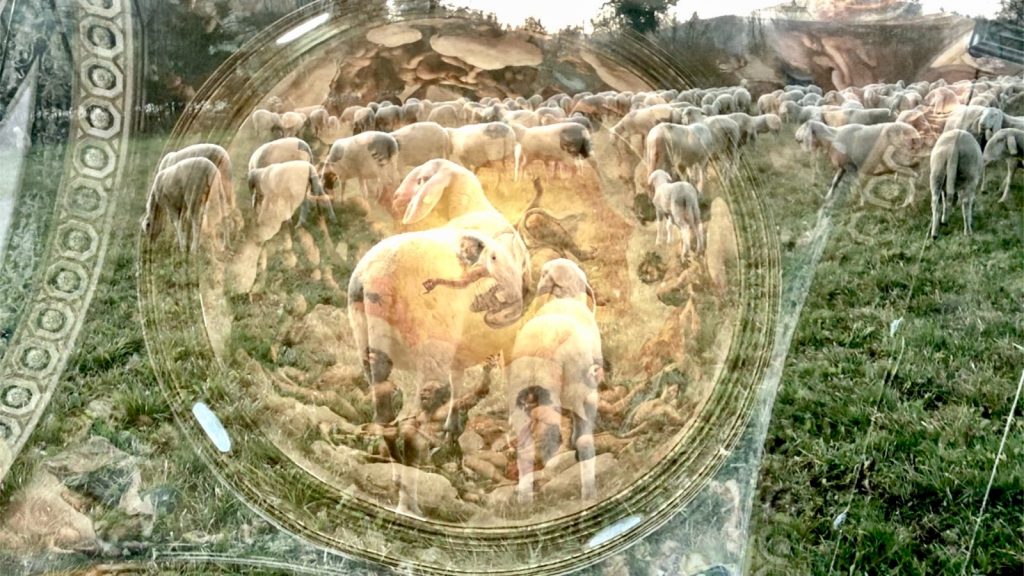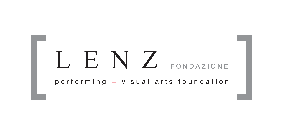
Apocalypse
✩22-23-24 june
+ 27-28-29-30 june
h 21:30pm
Holy Scripture Project
Visual Installation + Performing Artwork
Dramaturgy, imagoturgy
Francesco Pititto
Composition, installation, shell
Maria Federica Masters
Music
Andrew Azzali
Performers
Valentina Barbarini, Tiziana Chapel, Fabrizio Croci, C.L.. Grugher, Sandra Soncini
Documentary Extracts
Anna Kauber
Video shooting
Julius Muchai // Friends of Kibiko ODV Association
Production
Lenz Foundation
After the appearance of man and woman on earth with The Creation (2021) and the census of the vital residue of humanity in the Numbers (2022), the revelation of the ego in Apocalypse (2023) for the third phase of the dramaturgical investigation into the Holy Scriptures, compositions and visions by Maria Federica Maestri and Francesco Pititto, music and sound design by Andrea Azzali.
The new creation will have the Apocalypse of John as its driving force: the imaginative framework of the work, which continues the conceptual journey of Numbers – will be a reflection/action on the human being at the time of his greatest crisis and his lowest prospects of survival, at the end of a progressive deterioration of his living space, in the era of the Anthropocene.
Fissuring the apocalyptic evidence of the human condition into a hybrid dramaturgical-visual body – the seven-eyed Lamb – the work will develop in a double imaginative tension: the visual part of the Apocalypse (imagoturgy) will be filmed in two symmetrical and opposite locations, in the mountain landscapes where flocks graze freely and in Dandora, a slum in Nairobi, considered to be the most polluted area of the Planet, a slum where hundreds of thousands of children live collecting rubbish.
Site-specific >> Area WOPA >> via Palermo 6 Parma
Ticket office >> Reservation required
Prices 20€ / 12€ (under 30, students)
info@lenzfondazione.it | Telephone (+39) 0521 270141 | Whatsapp / Mobile (+39) 335 6096220
Apocalypse
The Apocalypse of John, or of another visionary, is a roar of images. A roar and crash mixed with lightning and thunder in a sky both dark and dazzling at the same time, from which emerge protean figures, shape-shifters laden with symbols and destructive powers, bearers of catastrophic punishments and great magnificent prophetic apparitions such as the Woman clothed in the sun, with the moon under her feet and on her head a crown of twelve stars.
The two pillars of the dramaturgy, however, address in particular the questio of quantity understood as the sum of individuals united by a prophetic mission – between conquest and promised land – and that of water, an element vital to the attainment of divine and human purposes, the conscious and unconscious representation of this element.
The battleground of the imagination is as wide as the universe, the seismic rumble that overwhelms every boundary of reality reaches a climax in a concert of light and dark where everything seems to stop, the mutant forms and the space around them, in unison with the astonishing electromagnetic waves. Then comes the Lamb and time stands still, as on the event horizon. The Lamb has human eyes and looks at us, teaches us, the imprinting makes the other roar of images that are our present, raw real and true, flow fast within us. The vision belongs to us because it is what we see, what we experience, and what outlines our apocalypse, revealing and unveiling our internal and external cataclysm, our being thrown into the world and the very world in which we live for an insignificant time, a spark.
“In the distance goes the life of man/Where the new time sparkles from the vine-shoots,/The field of summer is emptied of figures,/The forest appears with dark images;/The image of the times completes nature,/That remains, and flows swiftly/ It is perfection, the sky sends glimmers/ To man, as the trees wrap themselves in flowers.”
It is poetry again that whispers to us our apocalypse, the one that has already happened and the one we are facing, thundering and crashing and great punishments are our true Babylon, and the lambs do not come to save us. The Land of Wonder is not yet there.
All we are left with is our world.
Apocalypse
Holy Scripture Project
Visual Installation + Performing Artwork
Creation by Maria Federica Maestri e Francesco Pititto
Dramaturgy, imagoturgy | Francesco Pititto
Composition, installation, shells | Maria Federica Masters
Music | Andrew Azzali
Performers | Fabrizio Croci, C.L.. Grugher, Boris Kadin, Sandra Soncini, Tiziana Chapel
Soprano | Victoria Vasquez Jury
Documentary Extracts | Anna Kauber
Video shooting | Julius Muchai // Friends of Kibiko ODV Association
Production | Lenz Foundation







